Optimal Timing for Storm Restorations
Understanding the best time to undertake storm restorations is crucial for ensuring safety, efficiency, and effectiveness. The timing depends largely on seasonal weather patterns, regional climate, and the specific nature of storm activity in Belleville, MI. Typically, late summer and early fall are considered optimal periods due to the increased likelihood of storms but also the availability of favorable weather conditions for repairs.
Storm restorations are most effective when performed during seasons with predictable weather, reducing delays caused by rain or snow.
Conducting inspections soon after storms ensures early detection of damage and timely repairs, minimizing further deterioration.
In Belleville, MI, understanding local weather trends helps determine the safest and most effective restoration periods.
Pre-storm preparations can mitigate damage, making restorations easier and quicker once storms occur.

Ways to make Storm Restorations work in tight or awkward layouts.
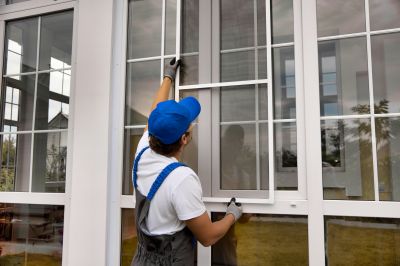
Popular materials for Storm Restorations and why they hold up over time.

Simple add-ons that improve Storm Restorations without blowing the budget.

High-end options that actually feel worth it for Storm Restorations.

Finishes and colors that play nicely with Storm Restorations.
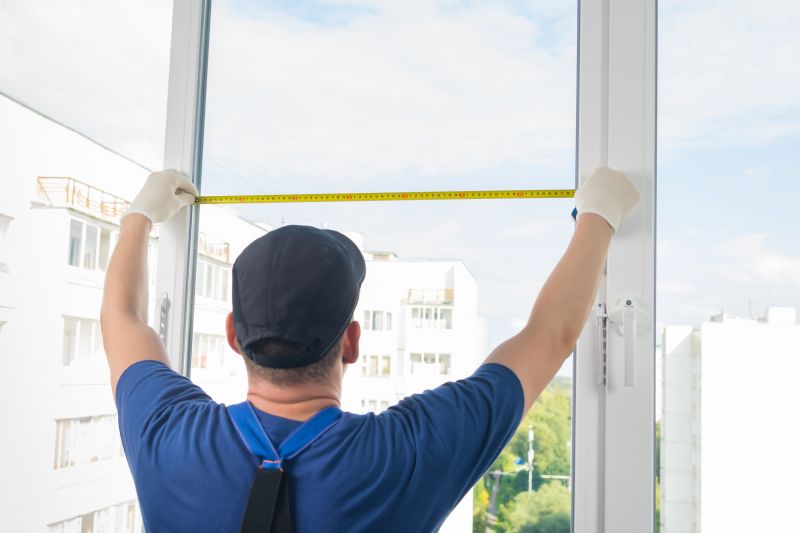
Little measurements that prevent headaches on Storm Restorations day.
Storm restorations involve repairing damage caused by severe weather events, including wind, hail, and heavy rain. These repairs are vital for maintaining structural integrity, preventing further deterioration, and restoring property safety. The process includes assessment, planning, and execution, often requiring specialized skills and timely intervention. Statistics show that timely storm restorations can reduce long-term repair costs and minimize property damage. In Belleville, MI, storm activity peaks during the late summer months, making this period ideal for scheduling inspections and repairs.

A 60-second routine that keeps Storm Restorations looking new.

A frequent mistake in Storm Restorations and how to dodge it.

Small tweaks to make Storm Restorations safer and easier to use.

Lower-waste or water-saving choices for Storm Restorations.

The short, realistic tool list for quality Storm Restorations.

Rough timing from prep to clean-up for Storm Restorations.

Quick checks and paperwork to keep after Storm Restorations.
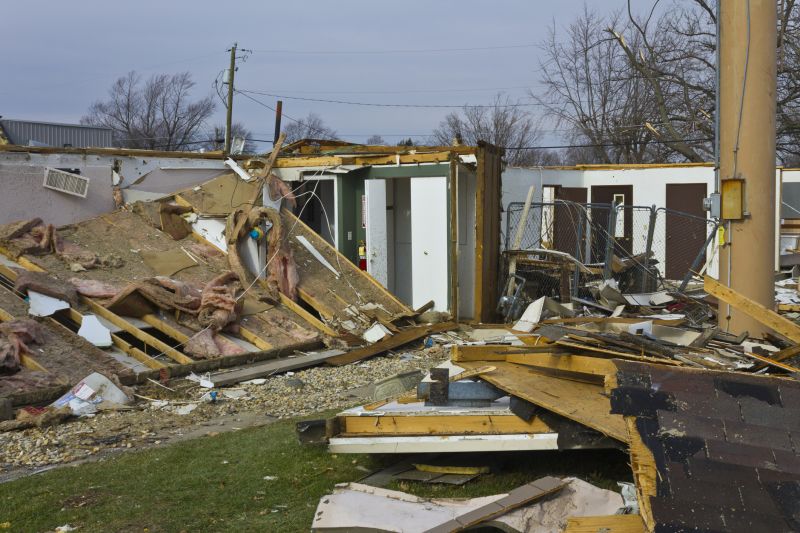
Examples that show the impact a good Storm Restorations can make.
| Factor | Impact on Timing |
|---|---|
| Seasonal Weather | Favorable weather promotes quicker repairs |
| Storm Frequency | High frequency may require year-round readiness |
| Post-Storm Damage | Early assessment prevents further deterioration |
| Regional Climate | Local weather patterns influence scheduling |
| Property Type | Different structures require tailored timing |
Choosing the right time for storm restorations ensures optimal use of resources and reduces potential hazards. Proper planning based on regional weather trends and storm activity can lead to more efficient repairs and better long-term outcomes. In Belleville, MI, being prepared before storm seasons and acting promptly afterward are key strategies for effective storm restoration management.
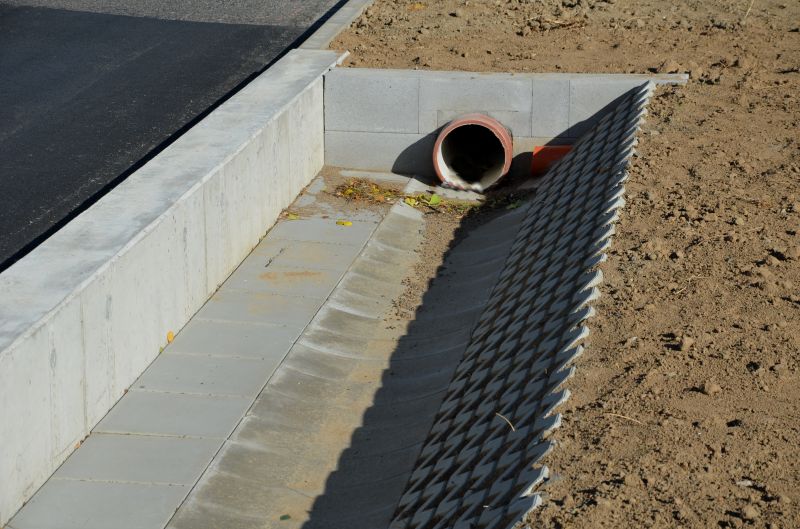
Ways to make Storm Restorations work in tight or awkward layouts.
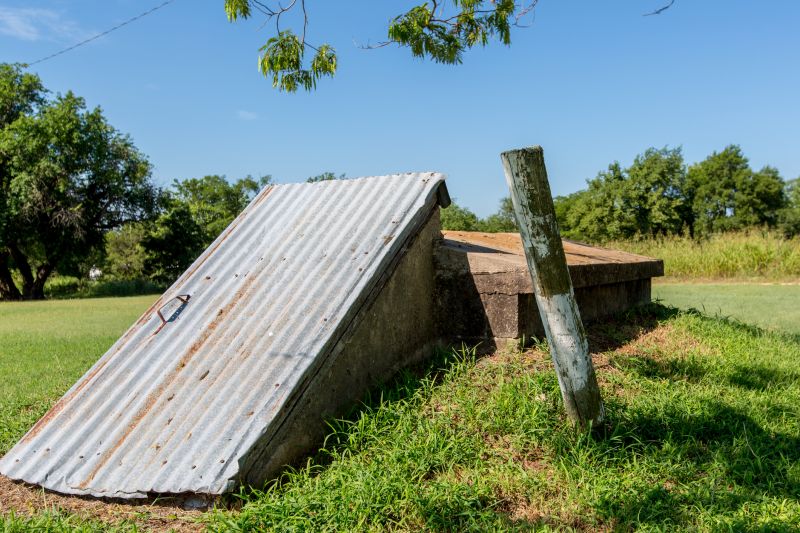
Ways to make Storm Restorations work in tight or awkward layouts.

Ways to make Storm Restorations work in tight or awkward layouts.
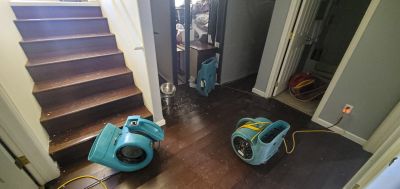
Ways to make Storm Restorations work in tight or awkward layouts.
To ensure property resilience against storm damage, it is essential to schedule inspections and repairs during optimal periods. Proper timing enhances the effectiveness of restoration efforts, reduces costs, and minimizes downtime. Property owners in Belleville, MI, should consider seasonal weather patterns and regional storm activity when planning storm restoration projects.
Interested property owners can contact professionals to discuss the best timing for storm restorations and to plan proactive measures. Timely action helps protect properties from extensive damage and ensures safety and stability after severe weather events.
